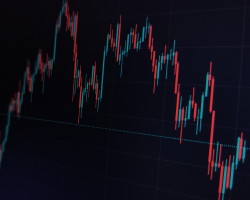Advanced Trading Tactics: Harnessing the Risk Reversal Strategy
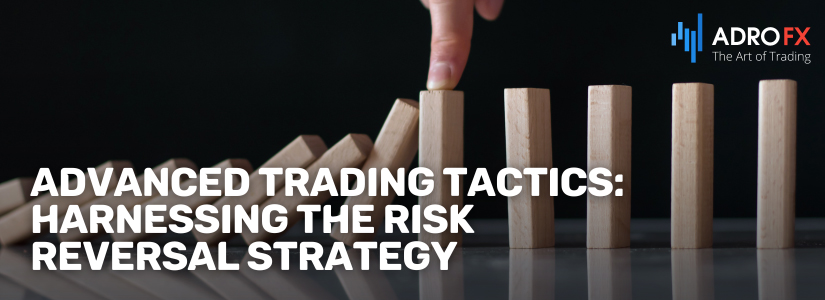
The Risk Reversal trading strategy is designed to protect both short and long positions by utilizing call and put options. Unlike other leveraged speculative strategies, Risk Reversal aims to achieve speculation without additional capital expenditure, making it a favored approach in commodities trading for securing a specific price without extra cost.
This strategy also serves as an indicator of trader sentiment. When executed for a net debit, it indicates that call options are more expensive than put options, typically due to higher volatility in call options, suggesting a bullish sentiment towards the asset. Conversely, when executed for a net credit, it means that put options are more expensive than call options, implying a bearish sentiment.
Implied Volatility
Implied volatility significantly affects put options, contributing to a bearish sentiment when it is high. In forex trading, risk reversals are used to gauge investor sentiment based on implied volatility, providing a clear measure of market outlook.
Institutional investors favor these strategies, although retail traders often overlook their potential. While the profit potential may be lower, the primary advantage is protection against price movements, achievable at a relatively low cost. This makes risk reversal an attractive strategy for traders. It can be applied to a directional call when a trader anticipates a bearish or bullish position, seeking better leverage.
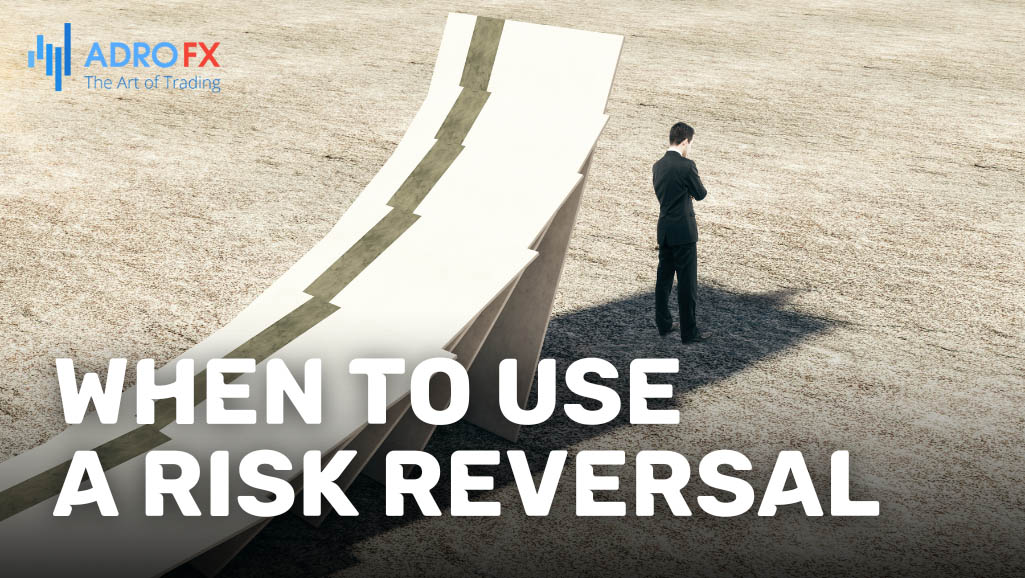
When To Use A Risk Reversal
Risk reversal can protect a trader from rising stock prices when shorting an asset. Investors concerned about the stock price of a short position increasing can buy an upside call option and finance it by selling a downside put option on a one-to-one basis. If the stock price rises, the upside long call option offers protection. If the stock price falls, the trader must buy the stock at the short put price.
This strategy can also be used as a bullish trade. An investor buys a rising strike price call option and finances the premium by selling an out-of-the-money put option, creating a bull trade without any upfront cost. If the stock price rises, the short put loses value, and the long call gains value. However, if the stock price falls, the trader must purchase the stock at the short put strike price, which can lead to losses. Despite this risk, it can be more advantageous than initially buying the stock.
Risk Reversal Strategy and Underlying Asset
The Risk Reversal strategy can be beneficial in several scenarios. When an investor is bullish on a stock and wants to leverage their position, they can write an out-of-the-money put and use the premium to buy an out-of-the-money call. This effectively doubles down on the bullish outlook.
Another scenario for utilizing this strategy is before events such as a stock split, where downside support exists and significant price gains are expected. Additionally, in a solid bull market, if a blue-chip stock experiences a sharp decline, the Risk Reversal strategy can be effective if the stock is expected to rebound in the medium term.
This strategy provides a hedge for both short and long positions, offering protection against adverse price movements.
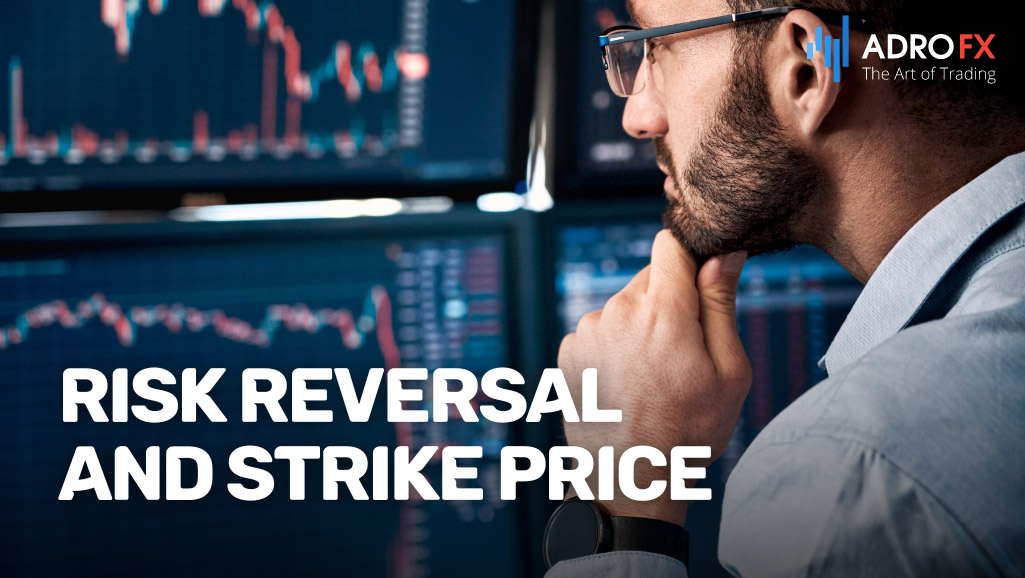
Risk Reversal and Strike Price
Consider a stock trading at $50, expected to rise over the next year. An investor might implement a Risk Reversal by purchasing a 100-strike price call and selling a 70-strike price put:
- Buy 1 stock 100-strike price call for $5.00
- Sell 1 stock 70-strike price put for $4.00
- The premium results in a $1.00 credit
If the stock trades at $55 upon expiration, the trader doesn't profit from the strike prices but gains $1.00 from the credit. If the stock reaches $110, the investor profits $10.00 from the call (since the stock exceeds the 100-strike price by $10) plus the $1.00 credit, totaling $11.00.
If the stock falls to $80 at expiration, the investor incurs a $10.00 loss on the put. With the $1.00 credit, the net loss is $9.00.
Application in Stock Price
Risk reversals often reflect the implied trading bias among traders in currency markets, indicating the difference in implied volatility between equivalent call and put options. The key aspect is whether the value is positive or negative. A positive risk reversal means that call options are more expensive than put options, suggesting traders shorting the currency have weaker protection. A negative risk reversal means put options are more expensive, indicating higher costs for downside protection for those long on the currency.
Maximum Gain vs. Maximum Loss
The potential for gain in a Risk Reversal strategy is theoretically unlimited as stock prices can rise indefinitely. However, the maximum loss occurs if the stock price falls to zero, leading the put seller to buy the stock at the put's strike price. The maximum loss equals the put strike price minus the premium received at the transaction's start.
Risk of Early Assignment
Early assignment risk exists with any short option position in individual stocks or ETFs, particularly for call options when a dividend is expected. Investors might exercise calls to gain stock ownership and the dividend. Short puts can also be assigned early if they are in the money. If the underlying asset's price drops below the short put strike price, brokers might assign the put, requiring the purchase of 100 shares of the underlying stock. Trading index options can mitigate this risk.
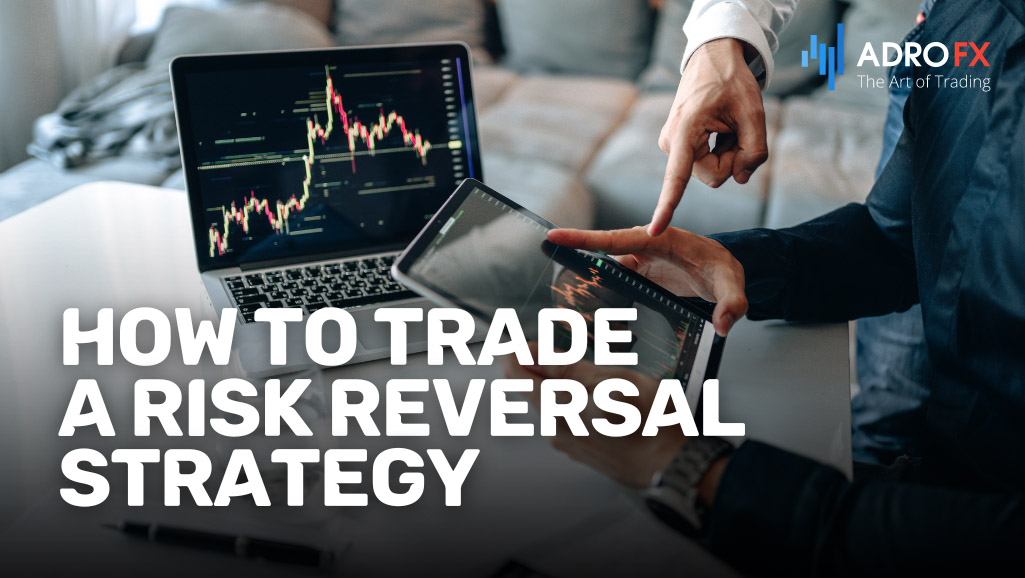
How to Trade a Risk Reversal Strategy
The typical method to implement a Risk Reversal strategy involves the simultaneous selling of a call or put option and buying the opposite type of option, both with the same expiration date. For example, you might sell an out-of-the-money put option and use the premium received to purchase an out-of-the-money call option.
When the cost of buying the call exceeds the premium from selling the put, traders incur a net debit. Conversely, if the premium from selling the put surpasses the cost of the call, a net credit is generated. This strategy effectively reverses the volatility skew risk, given that out-of-the-money puts are usually more expensive than out-of-the-money calls due to their demand as hedges for long positions.
In this strategy, traders typically sell options with higher volatility and buy options with lower volatility, thus reversing the volatility skew risk.
Risk Management for Maximum Profit
Proper execution of the Risk Reversal strategy can yield substantial profits, but it also carries the risk of significant losses if market movements go against the trader's expectations. This strategy is generally not suitable for beginners due to the potential for substantial risk from adverse price movements.
Experienced investors, adept at risk management in options trading, are better suited to employ this strategy. It has limited sensitivity to changes in implied volatility because it involves being short one option and long another, balancing out some of the volatility risk.
Conclusion
The Risk Reversal trading strategy offers a versatile approach to both protect and capitalize on market movements. By utilizing call and put options, it provides a way to speculate without additional capital expenditure, making it particularly attractive in commodities trading. This strategy not only secures a specific price but also serves as a barometer of market sentiment, reflecting the relative costs and implied volatilities of options.
Institutional investors often employ Risk Reversal strategies for their protective benefits and cost efficiency, though retail traders sometimes overlook their potential. The strategy can be particularly useful in various market conditions, whether as a hedge against rising stock prices in a short position or as a bullish trade without upfront costs.
However, the execution of a Risk Reversal strategy requires a nuanced understanding of market dynamics, implied volatility, and risk management. The potential for both unlimited gains and significant losses makes it a strategy best suited for experienced investors. Properly managing the risks, including the possibility of early assignment and adverse price movements, is crucial to maximizing profits and minimizing losses.
In summary, the Risk Reversal strategy is a powerful tool for sophisticated investors seeking to hedge positions and speculate on market movements without additional capital outlay. With careful implementation and risk management, it can provide substantial protection and profit potential in various trading scenarios.
About AdroFx
Established in 2018, AdroFx is known for its high technology and its ability to deliver high-quality brokerage services in more than 200 countries around the world. AdroFx makes every effort to keep its customers satisfied and to meet all the trading needs of any trader. With the five types of trading accounts, we have all it takes to fit any traders` needs and styles. The company provides access to 115+ trading instruments, including currencies, metals, stocks, and cryptocurrencies, which make it possible to make the most out of trading on the financial markets. Considering all the above, AdroFx is the perfect variant for anyone who doesn't settle for less than the best.

